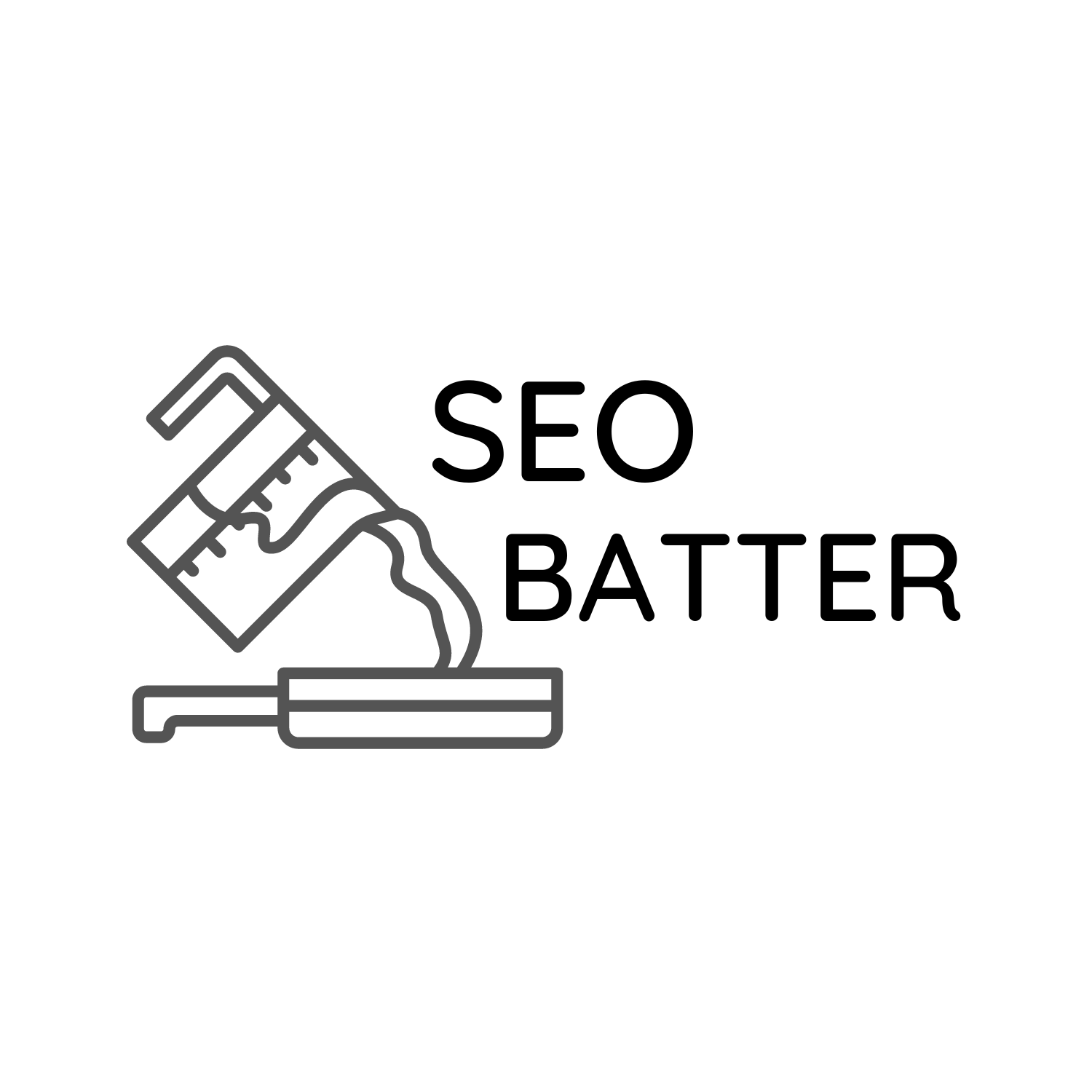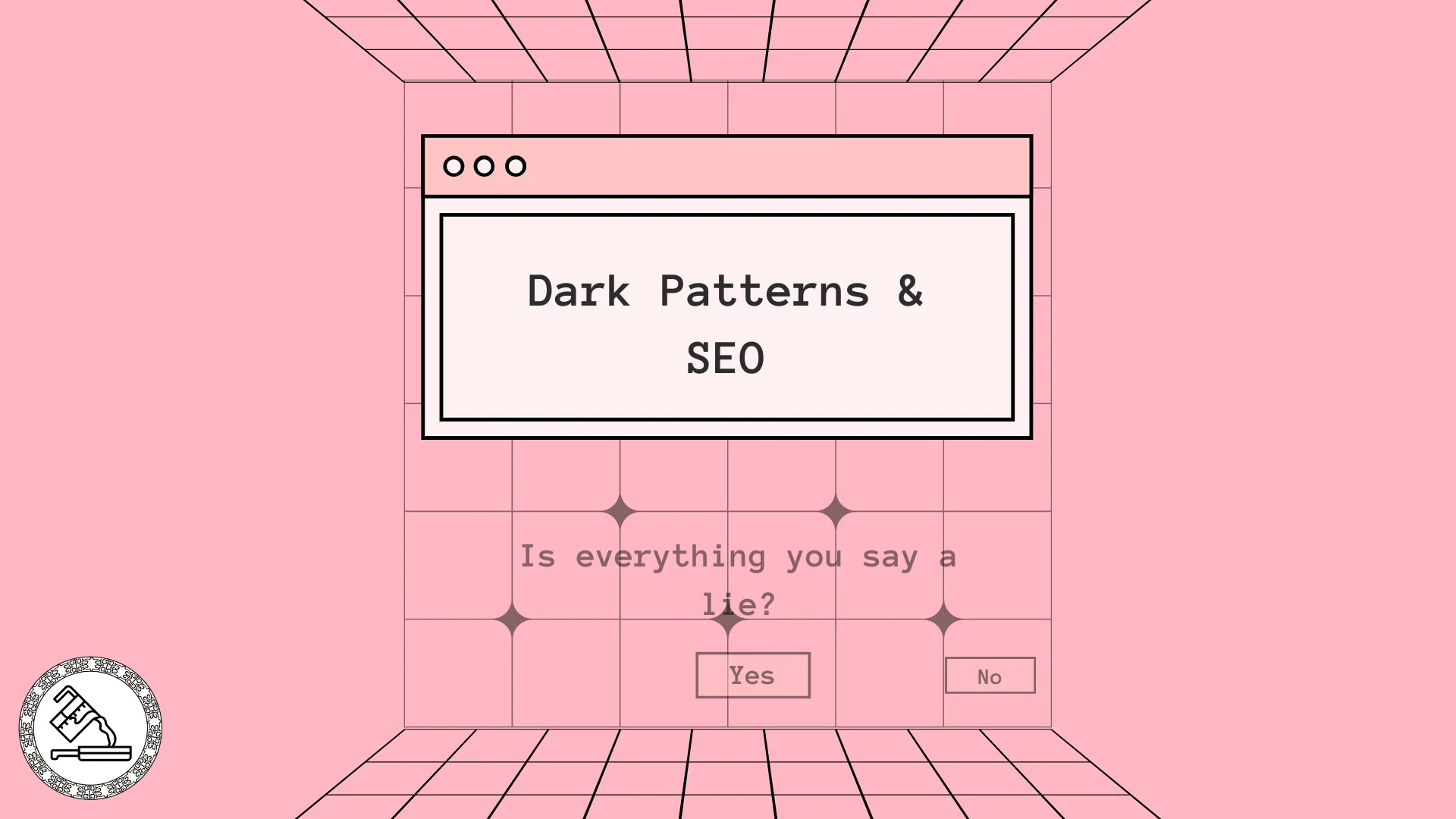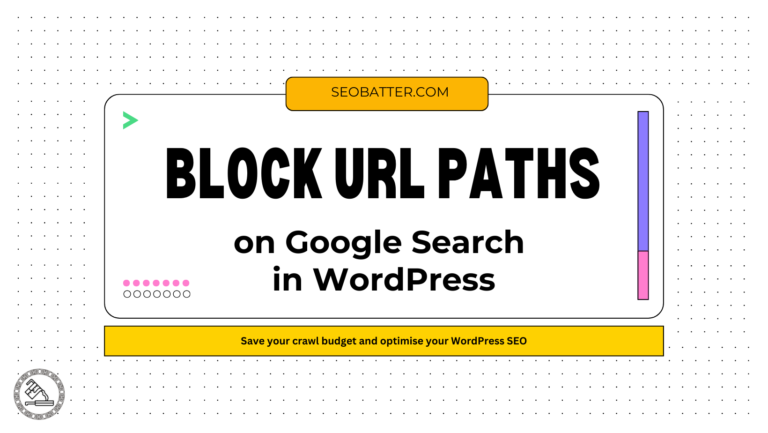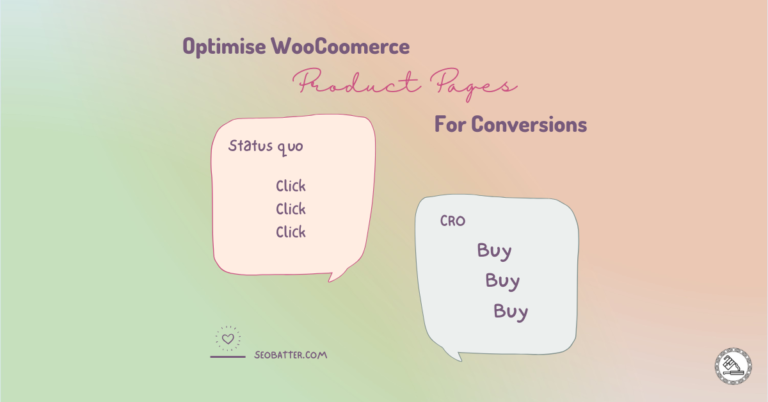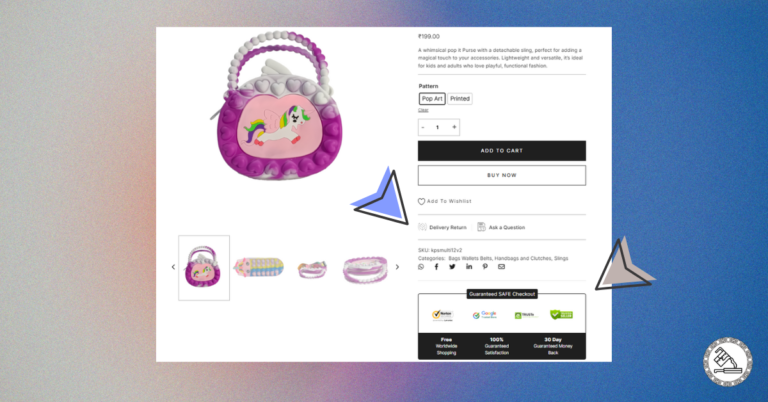This post aims to initiate a track of thought relating to how web developers and SEO use Dark Patterns (intentionally or otherwise) to manipulate their apparent relevance on search results pages, causing organic traffic to go up.
Here is what you will find in this article:
What are Dark Patterns?
Harry Brignull first coined the term Dark Pattern to define deceptive UI designs that trick users into doing something they otherwise would not do.
Rohit Chopra, Commission of the Federal Trade Commission, USA, described these deceptive designs as “Dark patterns are design features used to deceive, steer, or manipulate users into behavior that is profitable for an online service, but often harmful to users or contrary to their intent.”
Dark Patterns & SEO
SEO, or search engine optimization, is an activity that increases traffic to a website. It is usually done by following good UI/UX practices, creating helpful content, and helping search engines understand the website better. This is generally done while keeping the user in mind.
For example, a content marketing team may create infographics and animated images with helpful information that may attract a user’s attention while skimming a page and make them stay there for some time.
They may also create designs and buttons to make certain pages of the website more accessible and help users quickly navigate to specific parts of the website. These tactics are used in good faith and are not deceptive designs.
For this, Developers may use tricks that cause visitors to stay on the site longer, interact with elements on the page, and perform other actions. These may indirectly hint to search engines that a particular page is useful for the purpose of the user’s query.
Though user interaction on a page may not be used as a direct ranking factor, aggregated interaction data is used to assess the relevance of the search result and the keyword. Thus, relevancy signals (though small) can help increase or decrease organic traffic to a website.
Dark patterns can be said to have been used when these tricks are used in a way that gives fake relevancy signals to search engines but is not actually helpful to users.
These tricks probably overlap with Black Hat/Gray hat SEO tactics. The distinction between black hat SEO and dark patterns is that black hat SEO is a broader term. SEO Dark patterns involve deceptive SEO practices and ad user designs that indirectly affect the website’s organic traffic and authority online.
Real-Life Examples of Dark Patterns & SEO Used Together
Here are some of the deceptive design tactics actively used by many websites to augment their SEO strategies:
Increased waiting time for downloads to make users stay on the page
Many websites where you can download software/files urge you to wait. This wait time has many reasons, some of which are justified.
The sites that let you download stuff for free sell their spaces to ad networks. These networks pay more for an ad where its impression time is more. Another justification is the server availability.
For free users, they allocate server usage for file downloads, which may take some time. All of this can be done in a few seconds, so why the 20-second waiting time?
Making Users Jump to Different Domains
This example is again related to websites offering downloads. Sometimes, they will let you download stuff, but when you click on the download button, you will be redirected to another website with a waiting time.
After pressing that similar-looking button, you may be redirected to another domain again. I found this website, and the pattern is not even subtle!
Clicked on G-Drive:

I was redirected to another domain. Clicked on the download button again (among many similar-looking buttons)
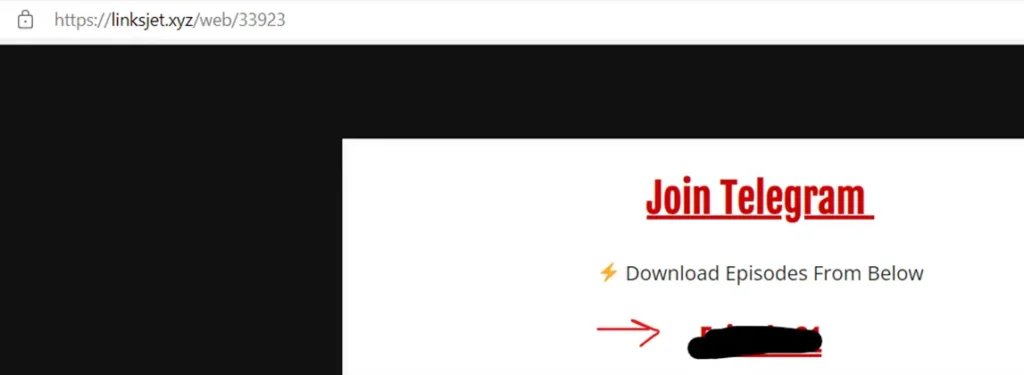
I was taken to yet another domain. There, I had to wait for 10 good seconds before being pulled to another download button at the bottom. I waited for 10 more seconds there.
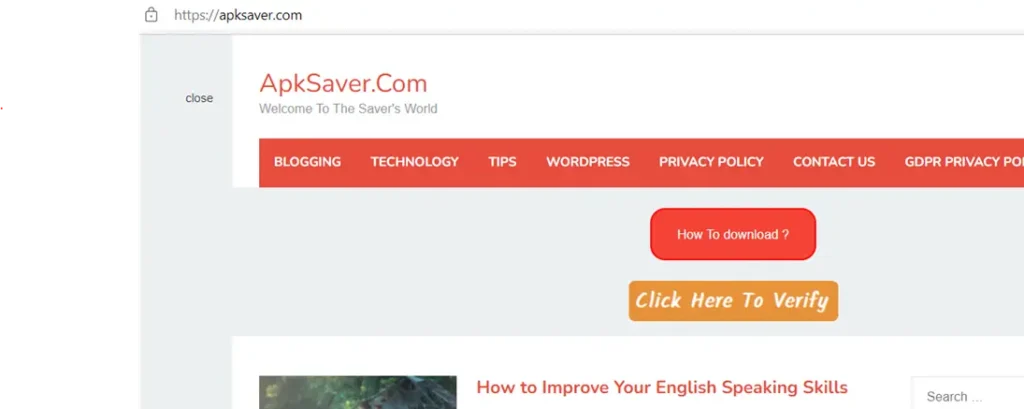
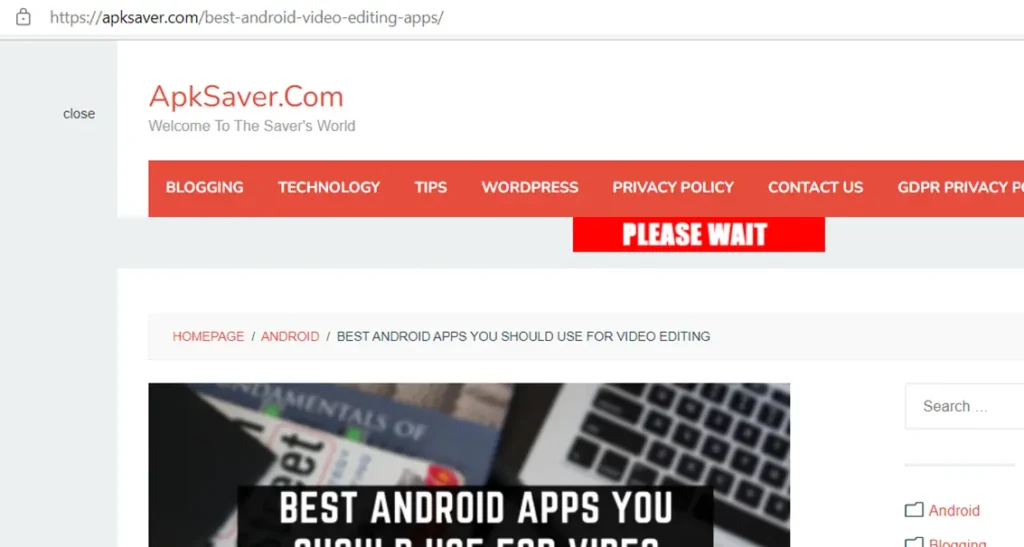

I did get to download it after all this!
Making users jump to 2 different pages on the same domain for the same goal
Many websites create separate pages for two things. The user first gets on a landing page optimized to rank on search engines, and then he is directed to complete actions for his goal.
This makes him stay on the website and browse different pages, the content of which may or may not be relevant. The apparent exception to this is e-commerce sites, where the cart page is different and makes sense.
In fact, for e-commerce, companies get CRO dene to actively reduce the actions users need to complete the purchase.
Official Looking Websites Appearing in Search
Many web administrators use PBNs to get a specific page/domain to appear in SERPs for a particular query. They will make these domains very similar to the official website. When you interact with the page, it will either take you to another domain or another page.
Below is an old trick used for phishing.
Nowadays, the trick below is also used to make money without inviting legal trouble for at least some time.
Look at this example:

Similar to the official website, this is a hosted page on GitHub. It appears in the search results for some queries with high search volume. Also, from the look of its backlink profile, it appears to be linked with a PBN.
When you click activate, you are taken to another similar domain.

When you click activate again, you are taken to another domain similar to another page from the official website.
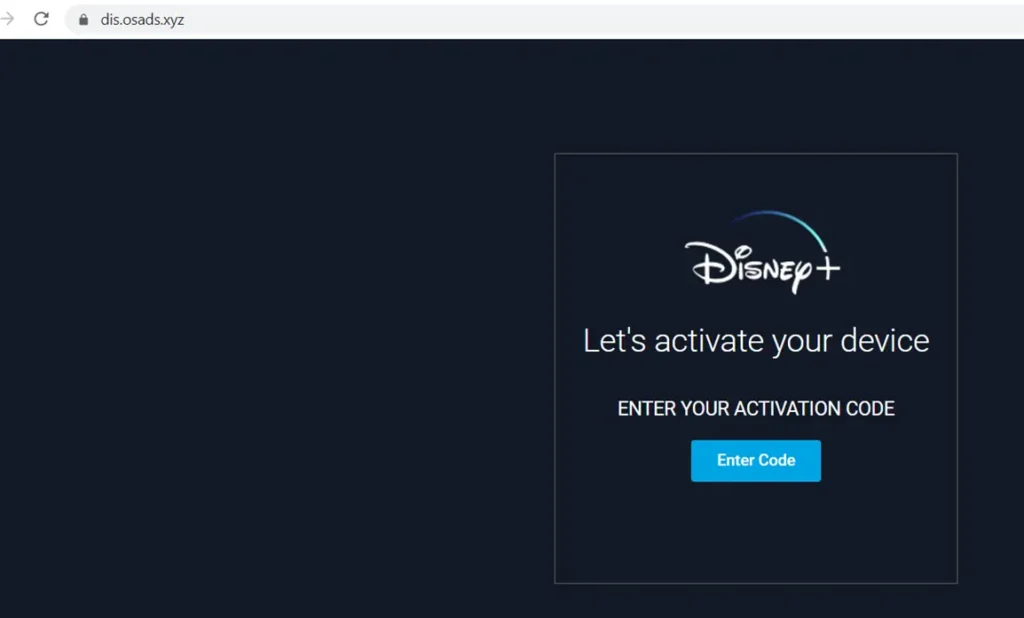
Finally, when you try to “enter code” on a button, you see ads—a lot of Ads. Also, the site seems to be malicious…
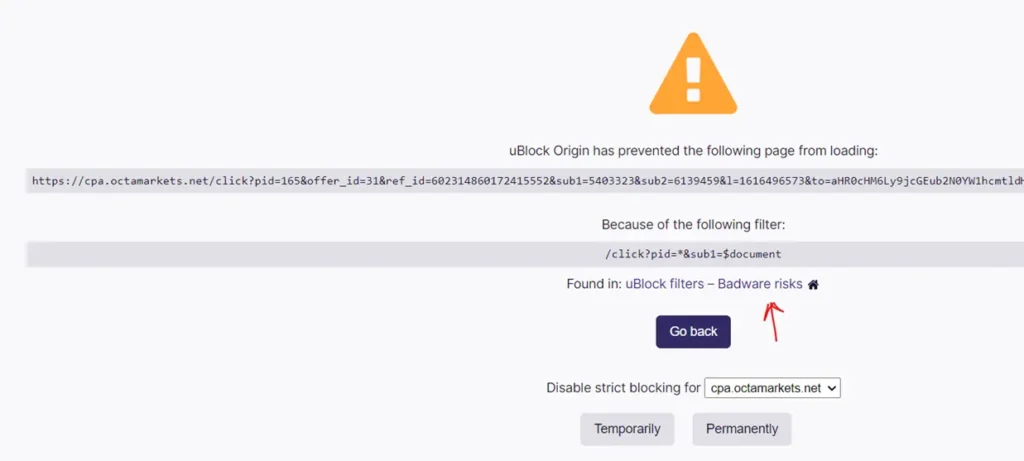
The motive of the developer? To make money using a PBN, some more domains and Ads. Learn how you can identify a PBN here.
In the above case, users may report that the original company may issue a DMCA notice or search engines may stop showing this type of website in a few days. However, some websites ensure that the user’s goal gets completed, and he does not even know/ or care that the website is not official.
Many devs make a website to get it to rank for a single keyword. Google sites are being used a lot for this purpose nowadays. They connect a Google site to a PBN, publish half-baked content below the fold of the website, and make above the fold look like a page providing some value.
These are then again linked to another domain to manipulate Search engine rankings and direct the user to that website, where the user can complete his desired action.
The webmaster can monetize by selling ad spaces on his website, affiliate links, resource mining, etc., and the official website loses traffic.
Other Notable Examples
- Catchy titles with content that does not solve a user query force users to read to the end. A helpful content update from Google may finally curb this practice.
- The back button either leads to the homepage or an ad/popup. When you press the back button, it will either lead you to the homepage or show you an offer. Some websites stop here. If you deny the offer, you will be taken to the previous page. Some do not follow this practice; they will not let you leave until you close the tab.
- Changing the postdate of content without making any significant changes. Many publishers change the date of the content posted to make it look like fresh content. For many types of queries, the freshness of content is considered when showing them on SERPs. This trick works well with design/UI updates and a simple theme change in WordPress. Web admins buy old domains. They use a way-back machine to bring back old content and then change the date of the posts. This trick sometimes works well enough to give them traffic for some time. Until the search engines get it…
Are there some tactics involving dark patterns and significant SEO use that I have missed? Let me know in the comments.
What Happens to Some of These Websites Using These Dark Patterns
Usage of these tricks may initially bring web devs/SEOs a lot of traffic. But when a person becomes aware of the tactics, he may perform an action (going back to the SERP page and choosing a different result, reporting the domain, and skipping that result in this next search).
These actions can signal to search engines that the user’s goal for that particular search query is not being completed with that result. When this happens to many people, search engines may decide to push back website rankings.
Many of these tactics are identified by search engines as being nefarious, and rankings for these kinds of websites may eventually go down.
Valuable Resources for Further Reading:
- Website floated by Henry Brignul called deceptive.design (previously darkpatterns.org).
- Guidelines on avoiding Dark patterns in social media platform interfaces by European Data Protection Board.
- How to identify dark patterns on a shopping website: based on a study conducted on 11k websites.
- Take on dark patterns, their legality, and data protection laws in India.
- If you are convinced that dark patterns can help you bring traffic or monetize a blog better, read this post on how using dark patterns can damage it.
